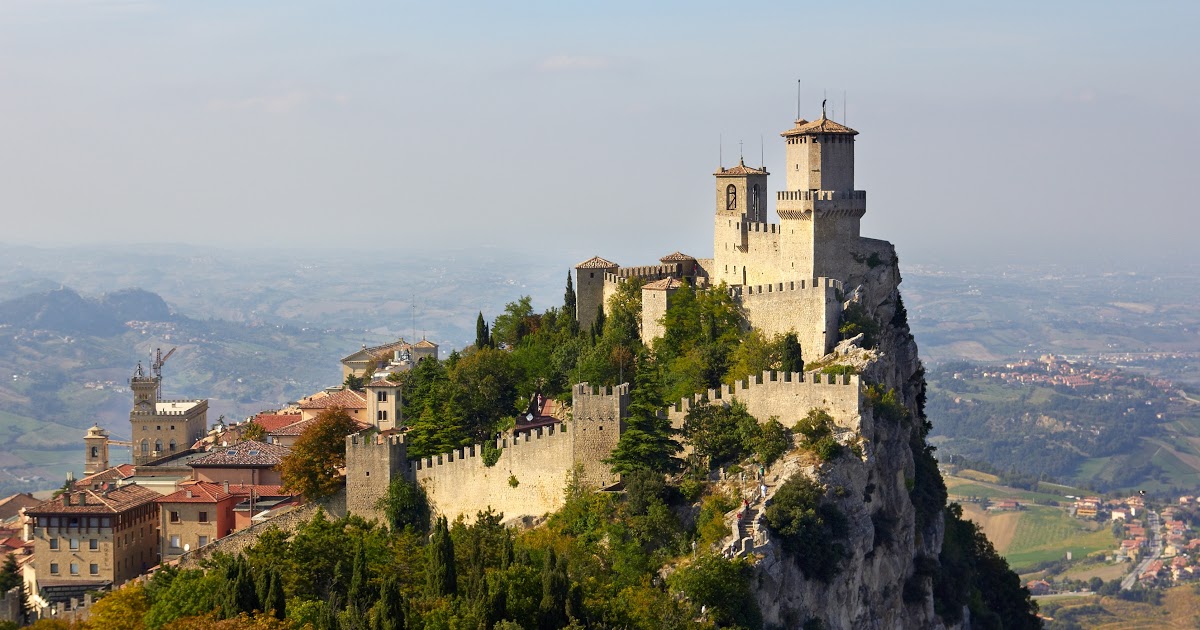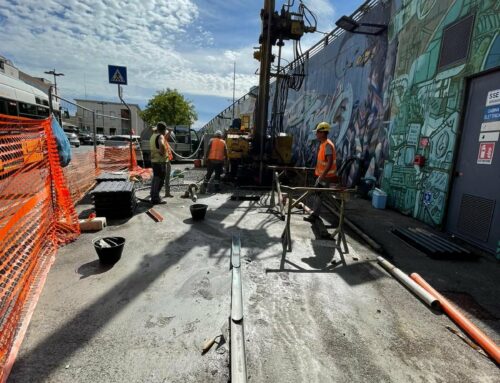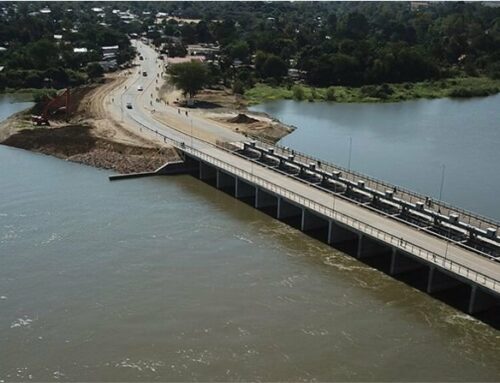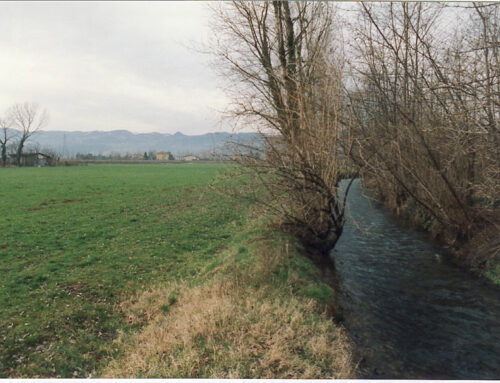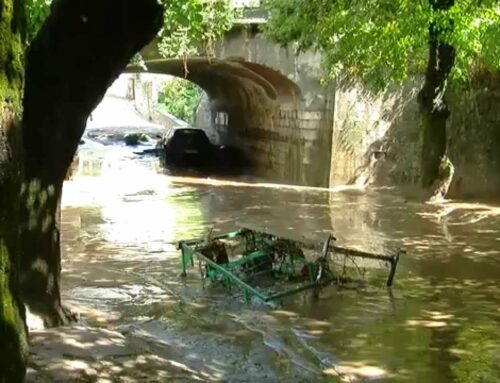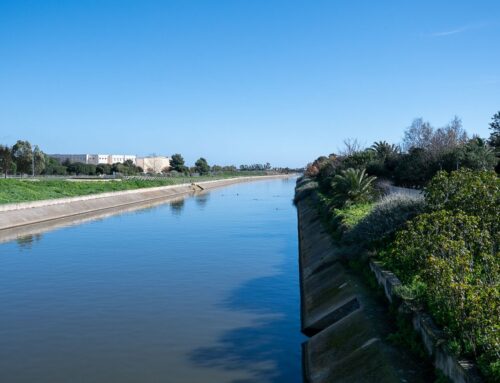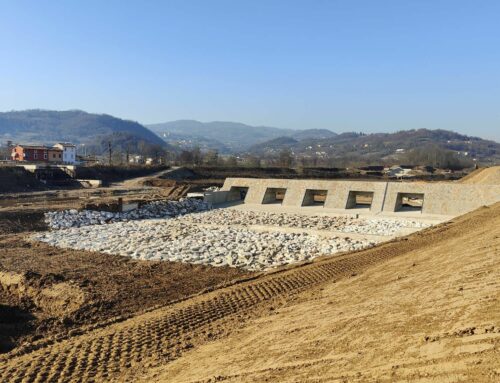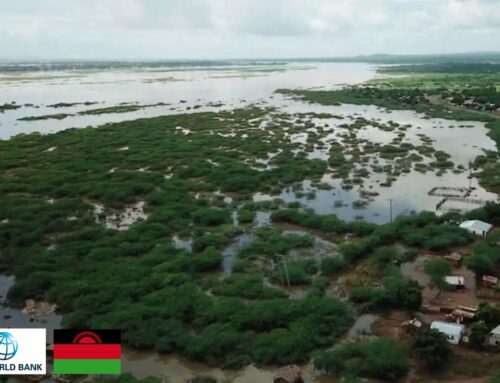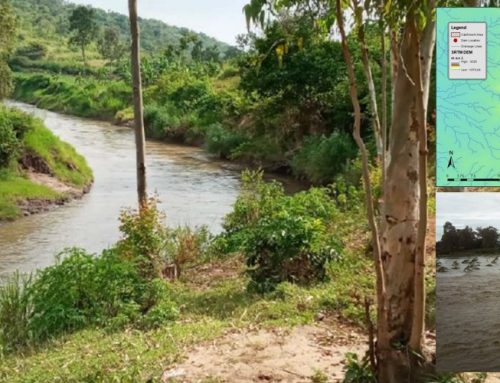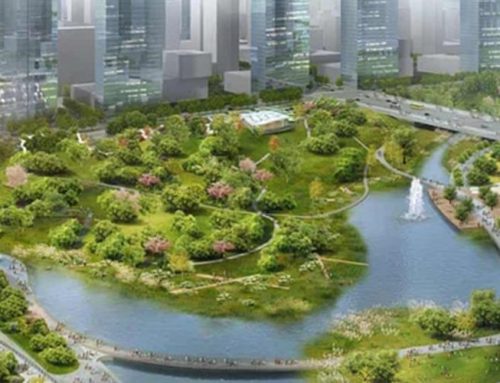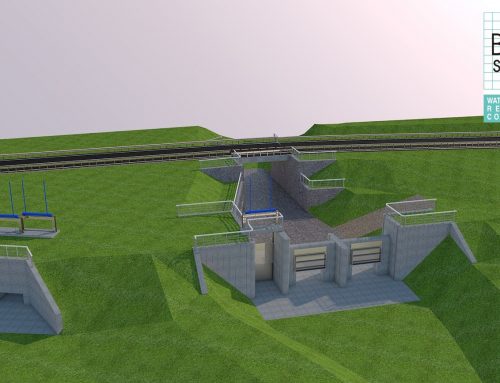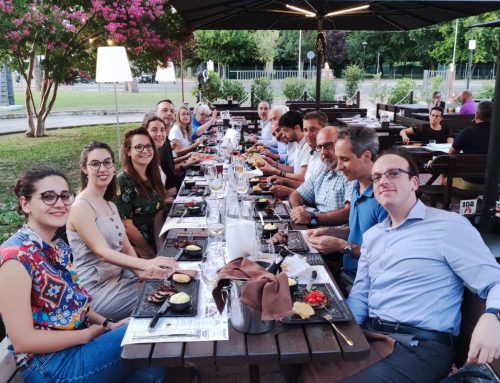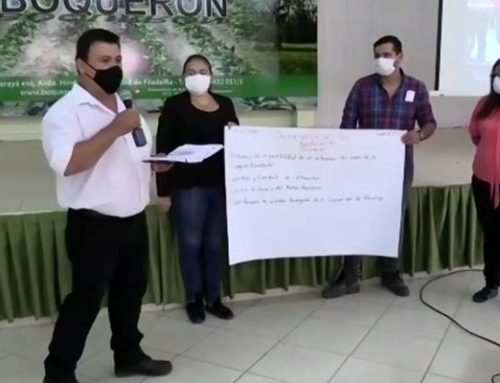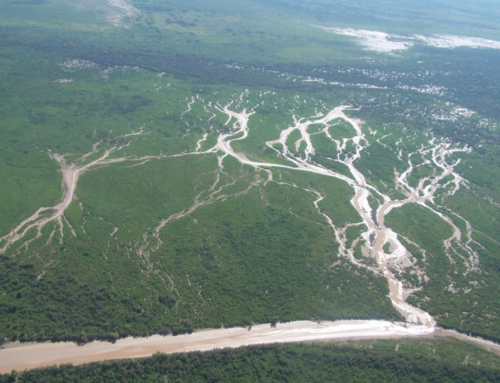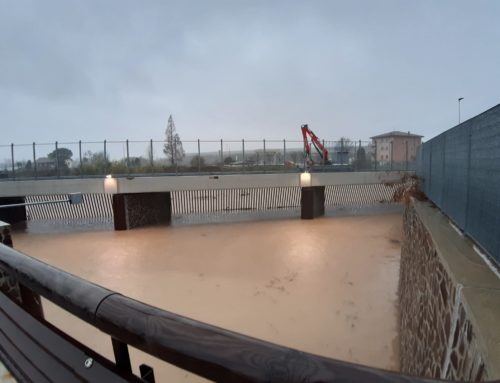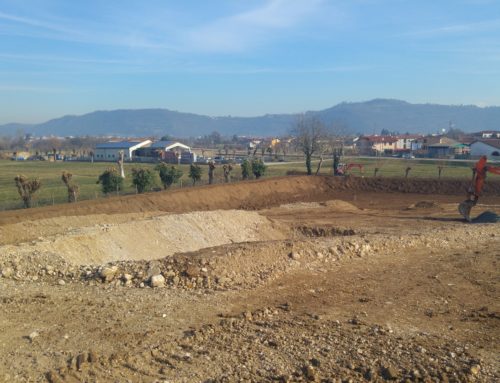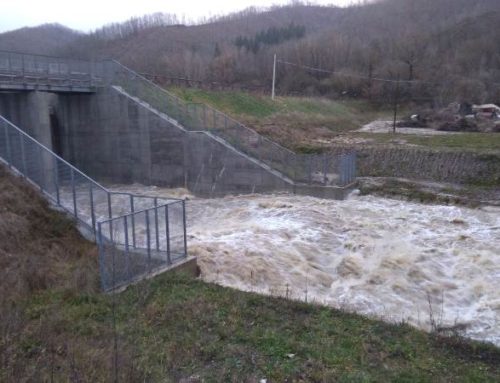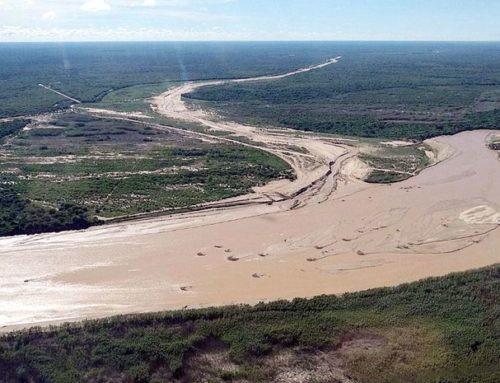The Republic of San Marino intends to build structural and non-structural works, among which the construction of an approximately 1.5 millions/m3 weir in the San Marino river for water storage, which is necessary to integrate the water resources available from other sources. Based on the study “Multiyear action plan for the use of water resources in the Republic of San Marino” carried out by BETA Studio in an attempt to identify current and future criticalities of water supply and distribution system, also considering the impact of the climate change, and to ensure quality and performance of long, medium and short term water supply.
The study included a detailed analysis of the surface and underground hydrology of the San Marino river basin (14,4 km2): due to poor availability of hydrometric data, a mathematic model of hydrological balance was implemented for the hydrological characterization of the basin.
The technical features of various options were assessed, namely different retention works for the construction of a detention basin for solids. Moreover the technical feasibility for the construction of an hydroelectric power plant using the “mini-hydro” technology for an annual average production of 250-300 MWh. The analysis enables the definition of the technical and economic feasibility of intervention options related with different scenarios of water demand (total self-sufficiency, reduction of external supplies, saving measures for the available resources), various location options and kinds of retention works and their respective environmental impact.


